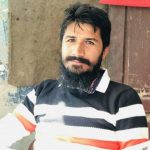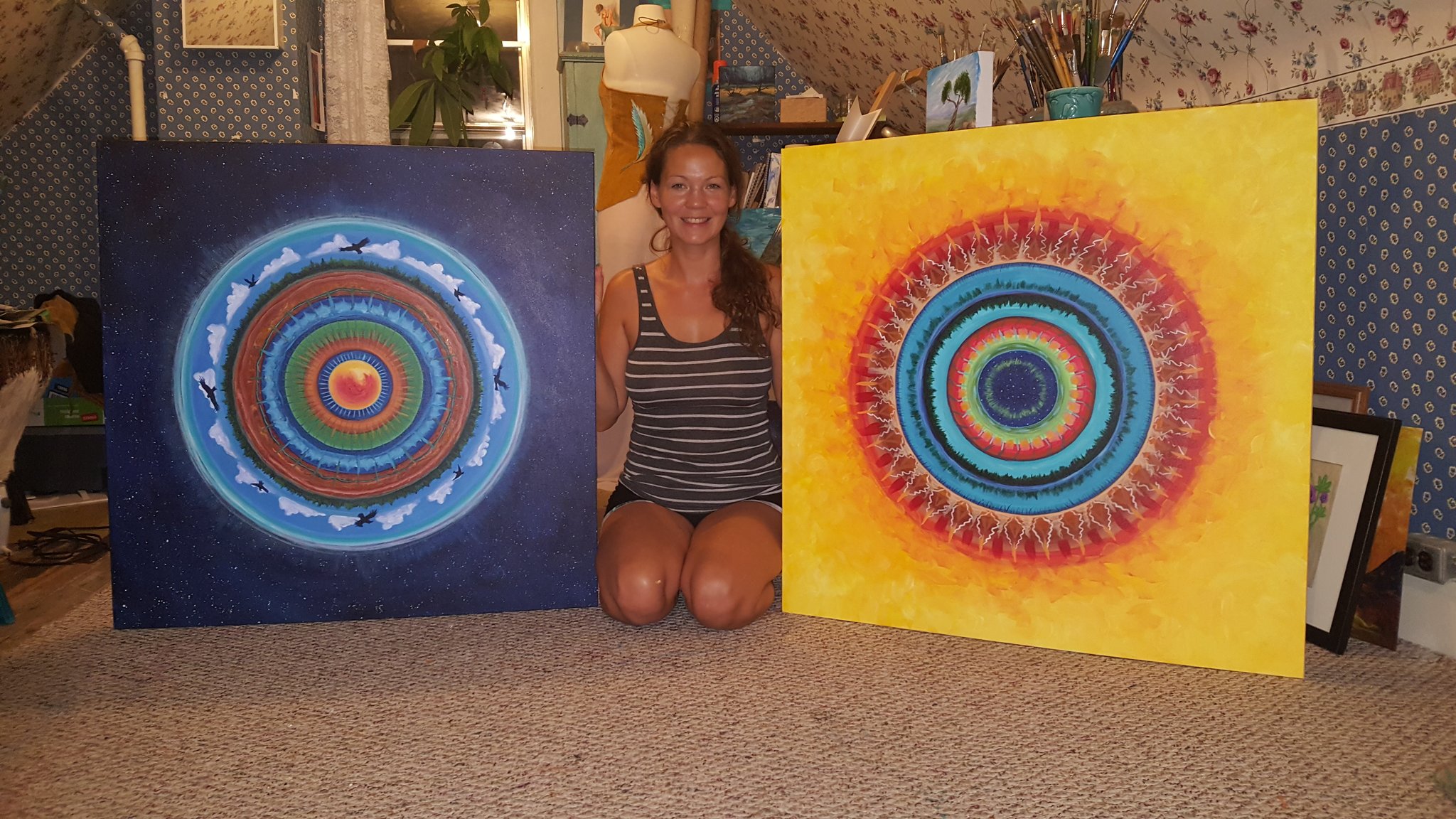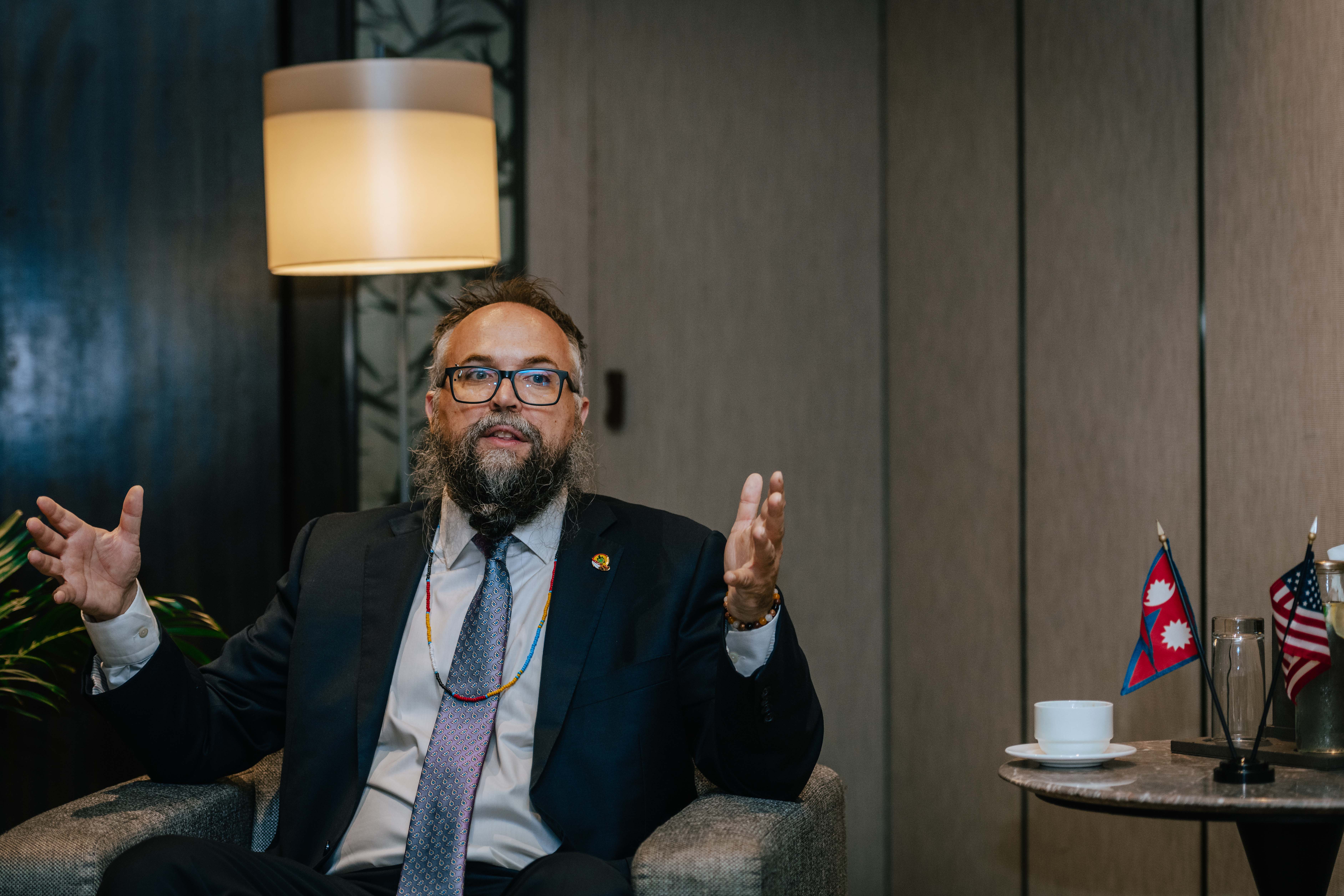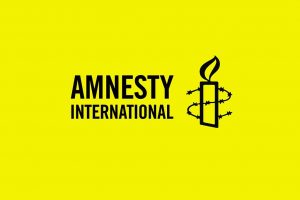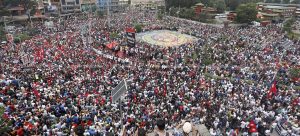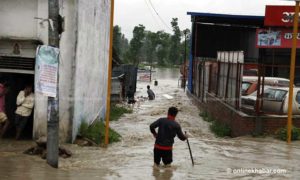Canadian indigenous artist Vanessa Hyggen’s artworks are focused on indigenous issues, identity and creativity. The operator of Vanessa Hyggen Art and also a frequent exhibitor of in various art forums, Vanessa has appeared in many international news outlets like Al Jazeera, and Global News as well as journals like Humboldt for her beaded coronavirus facemasks representing her Cree cultural root.
This versatile young indigenous artist has shared details of her artistic journey and her message to fellow indigenous artists from across the planet including Nepal with Onlinekhabar.
Staying in a city, called Saskatoon, in Canada, you seem to be actively engaging yourself with indigenous culture, nature and sustainability. How is this blending possible? How did you start it?
I grew up in the city, but I also live in the northern part of the province. My community is in the forest, the Canadian Shield, and is on the lake. It is a beautiful land. This land is what made me want to create art, blending my culture with it, and including ideas of sustainability into my art came naturally. It was not something I set out to do necessarily; it is just what I did because it is what I care about.

You are a member of Cree culture, the bigger community of First Nations of North America. And, your artistic works represent this community. You even made a beaded facemask representing your community recently in times of Covid-19 pandemic. What inspired you to do so and how has your experience been?
I was inspired to create a beaded facemask because again, like in my last answer, it seemed natural to do so. There is a beading group that I am a part of on Facebook and people share all kinds of beading there; people bead everything. It is really fun to see how beading can be applied to so many things. I have been interested in making more wearable art, dresses, jewellery, and when the pandemic reached my province, I thought I should make a mask out of hides and bead a landscape on it.

In the Humboldt journal, it is said that your facemask is informally titled “as long as the grass grows and the river flows” as a reference to the Treaty 6 of your community. This shows that you are not just making facemasks but also voicing indigenous concerns together. How powerful, do you think, is the voice of artworks compared to the voices on streets, in parliaments and the press?
All of these voices are important. And, as an artist, you listen to all of those voices and they communicate your perspective, and ultimately, help you envision what it is you want to say through your art. Art can be a very powerful tool and throughout history, it has been used as a model for change, and as a way of disrupting the social norm.
Your paintings have been exhibited in various parts of Canada. How is the response from both public and art professionals?
I receive good feedback from the public and from the art community.
You have set up your own company, Vanessa Hyggen Art, for the sale of your artworks. How successful, do you think, are you on the commercial side?
Promoting my art commercially is not my speciality. I would rather just create art and not worry about promoting it to the public. But, you have to promote your art if you want to make it seen and visible.

At a time when post-modernism, as people call it, is overshadowing indigenous art and crafts, what is your suggestion to make the indigenous artworks more visible in the commercial market?
I think people have gradually begun appreciating indigenous artworks. Hence, it is a good time to create. It is always a good time to create! I do not know if I have any suggestions, but I think it is important for indigenous artists to value their time, and to not sell their work for too little.
What is your message to aspiring indigenous artists from across the world including Nepal?
Find your voice, challenge yourself to keep learning, and keep creating artworks.
Photos: Courtesy of Vanessa Hyggen


